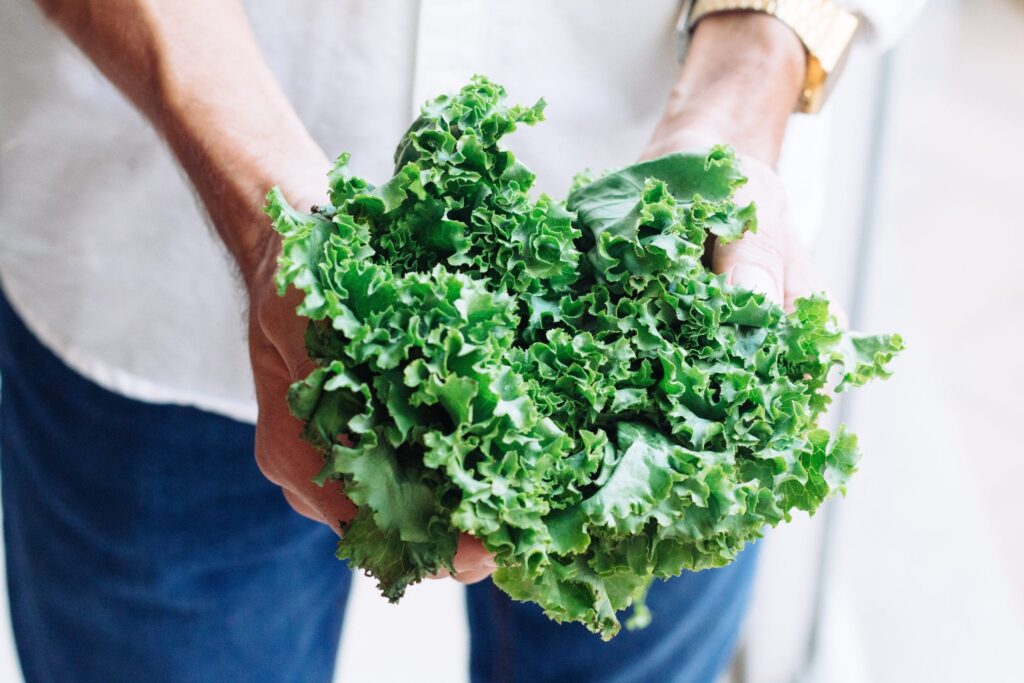What is Quercetin?
Quercetin is a molecule found in plants called a flavonoid. Flavonoids, including quercetin, are anti-oxidant, anti-inflammatory, and are generally good for you overall, meaning they enhance health and reduce chronic disease.
Lately, quercetin has gotten a lot of attention as a potential treatment for C-19. However, in my naturopathic medical practice, I’ve been using it for years for its other benefits, especially during allergy season.
Quercetin In Fruits & Veggies
Quercetin is abundant in fruits and vegetables, so if you’ve got a diet that includes a variety of fruits and vegetables, then you’re likely getting a good supply of quercetin.
If you’ve got a kiddo that resists eating their veggies, and you’d like to increase the amount of quercetin in their diet, then try out some recipes featuring these quercetin-rich foods.
Quercetin Rich Foods & Kid-Friendly Recipes to Try
Elderberries
Elderberries are easy to consume as a delicious, immune-boosting syrup. But if you want to take it a step further, you could try this yummy vegan elderberry rose (n)ice cream.
Kale
We all know kale is a superfood and now you can add quercetin-rich to its list of virtues. Kale chips are tasty and easy to make as long as you don’t burn them like I’ve been known to do when mom-life gets busy. The trick is to dry them thoroughly before tossing them in oil, and keep a close eye on them when they’re in the oven.
Asparagus
Roasting asparagus takes out a lot of the natural bitterness that turns kids off. In our house, we like to toss it with olive oil and garlic.
Okra
Baking okra reduces that sticky texture that some kids have a hard time with. Okra is also the star of many gumbo dishes where that stickiness is put to good use as a thickener. Gumbo is classic Southern comfort food and can be super healthy.
Onion
Some research shows that the quercetin in onions might be more bioavailable than other sources of quercetin. Onions are an important part of mirepoix, a combination of sauteed onions, celery, and carrots that makes a flavorful base for many meals. When I make a sauce, soup, or stew, I often use an immersion blender to blend the mirepoix after the veggies are softened to incorporate a lot of hidden nutrients into broths, sauces, and gravies.
Cranberries
I used to only eat cranberries when turkey was on the menu. However, I’ve since found out that a handful of cranberries tossed into a smoothie improves the texture and flavor, and nutrient density.
Blueberries
Blueberries are a favorite finger food in our house and we love them in smoothies too. When it’s cold outside, blueberries are deliciously stewed. Try this recipe for Swedish blueberry soup, blalbarssoppa.
Apples
Apple sauce is a traditionally child-friendly food and so are apple slices with nut butter. We also really love a healthy apple crisp.
Figs
Did you eat fig newtons growing up? I did! This recipe for Paleo Fig Newtons looks healthy, delicious, and nostalgic.
Watercress
Watercress is another vegetable that isn’t always easy to find where I live. But it is really high in quercetin, and for kids who have trouble with veggie textures, a blended watercress soup can be a nice option.
Summary
Quercetin is an amazing health-promoting molecule that is easy to find in a wide variety of fruits and veggies, only some of which are listed here. Quercetin is anti-oxidant, anti-inflammatory, and good for you overall!
References:
Dabeek WM, Marra MV. Dietary Quercetin and Kaempferol: Bioavailability and Potential Cardiovascular-Related Bioactivity in Humans. Nutrients. 2019;11(10):2288. Published 2019 Sep 25. doi:10.3390/nu11102288
93 Quercetin Rich Foods Ranked by Quercetin Density
Diane F. Birt, Elizabeth Jeffery, Flavonoids, Advances in Nutrition, Volume 4, Issue 5, September 2013, Pages 576–577.








